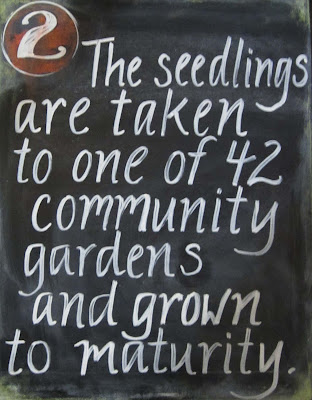at MoMA
I can be intractable when I think I know something. I wasn't going to get off the escalator at MoMA to see the Cindy Sherman Retrospective. My friend urged me to take a look.
"Suddenly the reflection I'm looking at is not at all me. Suddenly it's like a phantom that's just popped out of the mirror, and that's when I know the character is right on. There have been moments where I remember this thing suddenly appearing and I can't believe that's me!" Cindy Sherman
This is a case where seeing a body of work created over thirty years, can change your mind about the artist and the work itself. It's hard to imagine using your face and body as the subject of your work. Cindy Sherman has used her persona over and over again; transforming it over and over again. I can go to this show over and over again.














































 snap du jour (photo blog)
snap du jour (photo blog)




